Input interpretation

iodoacetic acid
Chemical names and formulas
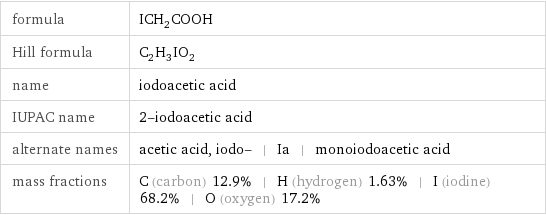
formula | ICH_2COOH Hill formula | C_2H_3IO_2 name | iodoacetic acid IUPAC name | 2-iodoacetic acid alternate names | acetic acid, iodo- | Ia | monoiodoacetic acid mass fractions | C (carbon) 12.9% | H (hydrogen) 1.63% | I (iodine) 68.2% | O (oxygen) 17.2%
Lewis structure

Draw the Lewis structure of iodoacetic acid. Start by drawing the overall structure of the molecule, ignoring potential double and triple bonds: Count the total valence electrons of the carbon (n_C, val = 4), hydrogen (n_H, val = 1), iodine (n_I, val = 7), and oxygen (n_O, val = 6) atoms: 2 n_C, val + 3 n_H, val + n_I, val + 2 n_O, val = 30 Calculate the number of electrons needed to completely fill the valence shells for carbon (n_C, full = 8), hydrogen (n_H, full = 2), iodine (n_I, full = 8), and oxygen (n_O, full = 8): 2 n_C, full + 3 n_H, full + n_I, full + 2 n_O, full = 46 Subtracting these two numbers shows that 46 - 30 = 16 bonding electrons are needed. Each bond has two electrons, so in addition to the 7 bonds already present in the diagram add 1 bond. To minimize formal charge oxygen wants 2 bonds and carbon wants 4 bonds. Identify the atoms that want additional bonds and the number of electrons remaining on each atom: Fill in the 1 bond by pairing electrons between adjacent highlighted atoms: Answer: | |
3D structure
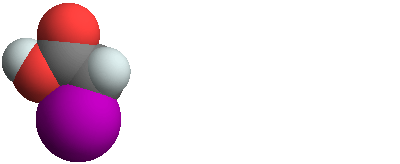
3D structure
Basic properties
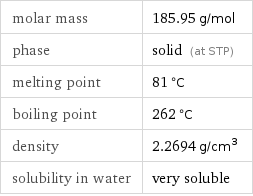
molar mass | 185.95 g/mol phase | solid (at STP) melting point | 81 °C boiling point | 262 °C density | 2.2694 g/cm^3 solubility in water | very soluble
Units

Solid properties (at STP)

density | 2.2694 g/cm^3 vapor pressure | 0.0033 mmHg (at 25 °C)
Units

Thermodynamic properties
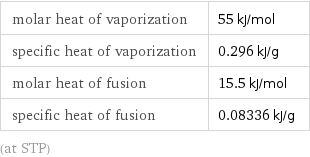
molar heat of vaporization | 55 kJ/mol specific heat of vaporization | 0.296 kJ/g molar heat of fusion | 15.5 kJ/mol specific heat of fusion | 0.08336 kJ/g (at STP)
Chemical identifiers
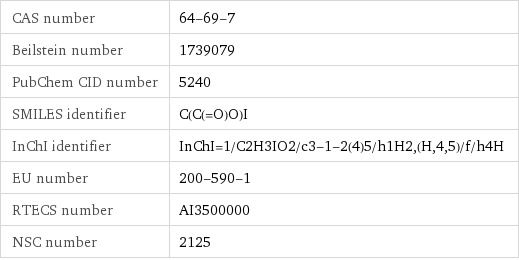
CAS number | 64-69-7 Beilstein number | 1739079 PubChem CID number | 5240 SMILES identifier | C(C(=O)O)I InChI identifier | InChI=1/C2H3IO2/c3-1-2(4)5/h1H2, (H, 4, 5)/f/h4H EU number | 200-590-1 RTECS number | AI3500000 NSC number | 2125
NFPA label

NFPA label
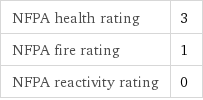
NFPA health rating | 3 NFPA fire rating | 1 NFPA reactivity rating | 0
Safety properties

flash point | 112 °C

DOT hazard class | 8 DOT numbers | 1759
Toxicity properties

RTECS classes | tumorigen | mutagen | reproductive effector